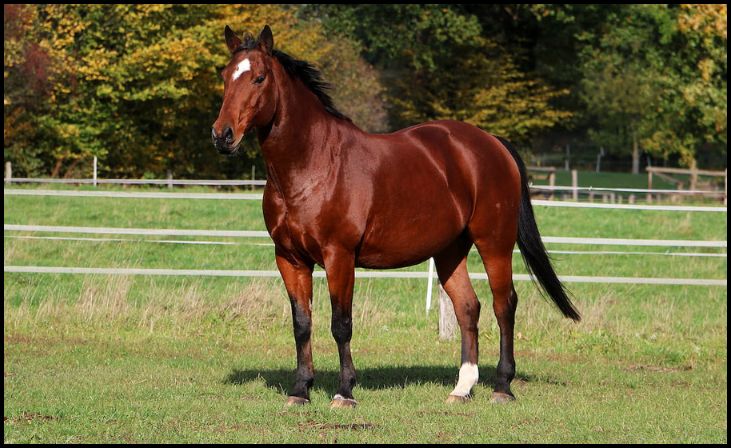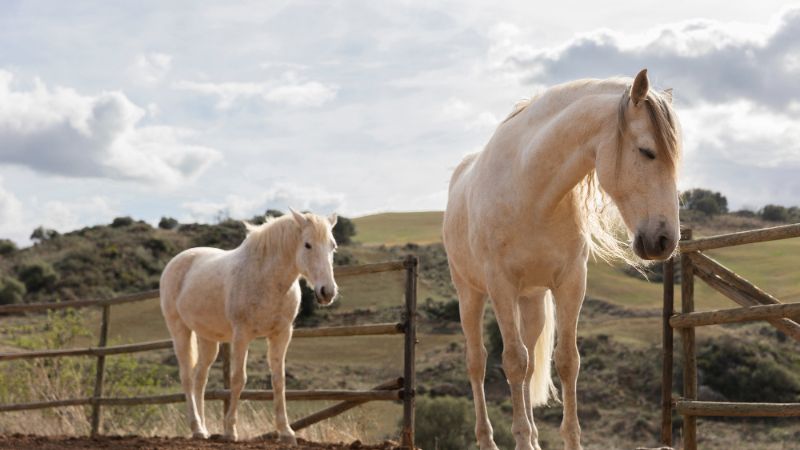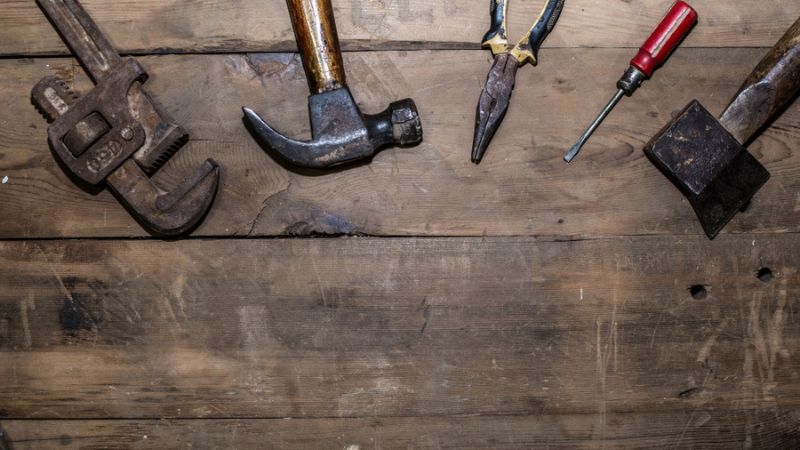Tips For Breeding a Champion Cutting Horse – Breeding a champion cutting horse is a meticulous endeavor that combines art and science to produce exceptional equine athletes. Cutting horses are prized for their ability to separate cattle from a herd with precision and agility, a skill deeply rooted in their genetics. To breed a champion cutting horse, one must understand the intricate blend of characteristics that define these elite performers, including athleticism, intelligence, and instinct.
The process begins with selecting the right bloodlines, studying the pedigrees of successful ancestors, and evaluating potential breeding stock for conformation, natural ability, and temperament. Breeding methods such as natural mating, artificial insemination, and embryo transfer offer various options for propagating desirable traits.
Additionally, proper nutrition, health care, early training, and professional guidance play crucial roles in nurturing the potential of young prospects. Aspiring breeders must also immerse themselves in the world of cutting horse competitions, continuously striving for improvement and excellence. This introduction sets the stage for exploring the essential tips and strategies for breeding a champion cutting horse.
Tips For Breeding a Champion Cutting Horse
Research Bloodlines:

To breed a champion cutting horse, thorough research into bloodlines is essential. Explore the pedigrees of successful cutting horses, tracing back multiple generations to identify consistent patterns of performance and traits. Look for horses with ancestors known for excelling in cutting competitions, as this indicates a strong genetic predisposition for the sport. By understanding the lineage of potential breeding stock, you can better predict the likelihood of producing offspring with the desired qualities for cutting.
Also Read – Advanced Cutting Horse Maneuvers For Competition
Choose Quality Mares and Stallions:
Selecting high-quality mares and stallions lays the foundation for breeding success. Evaluate their individual performance records in cutting, paying attention to factors such as consistency, versatility, and level of competition. Additionally, assess their conformation, looking for traits conducive to athleticism, agility, and balance. A well-matched pair of horses with complementary strengths can produce offspring with enhanced genetic potential for cutting.
Consider Genetic Testing:
Genetic testing plays a crucial role in breeding decisions by providing insights into hereditary traits and potential health risks. Conducting tests for genetic disorders and abnormalities can help mitigate the transmission of undesirable traits to offspring. By screening potential breeding stock for genetic defects, such as hyperkalemic periodic paralysis (HYPP) or hereditary equine regional dermal asthenia (HERDA), breeders can make informed choices to improve the overall quality of their breeding program.
Focus on Conformation:
Conformation is a fundamental aspect of breeding cutting horses, as it directly impacts their performance and longevity in the sport. Assess the conformation of both the mare and stallion, paying particular attention to traits such as strong hindquarters, well-set necks, balanced bodies, and correct leg structure. These physical attributes contribute to the horse’s ability to execute precise maneuvers and maintain balance during cutting maneuvers, ultimately influencing its competitive success.
Assess Temperament:
The temperament of a cutting horse is a critical factor in its ability to perform effectively in the arena. Selecting horses with calm, trainable dispositions ensures that they can handle the rigors of training and competition without becoming overly stressed or reactive. Avoid breeding from horses with nervous or aggressive temperaments, as these traits can negatively impact the horse’s ability to focus and perform under pressure. Instead, prioritize breeding for temperament traits such as willingness, responsiveness, and adaptability.
Evaluate Performance:
Evaluating the performance records of potential breeding stock provides valuable insights into their competitive abilities and potential as sires or dams. Consider factors such as the level of competition, consistency of performance, and achievements in cutting events. Look for horses with a proven track record of success in the show ring, as well as those who have produced offspring with similar accomplishments. By selecting horses with demonstrated excellence in cutting, breeders increase the likelihood of producing champion-caliber offspring.
Provide Proper Nutrition and Care:
Proper nutrition and care are essential for maintaining the health and well-being of breeding stock and their offspring. Ensure that mares and stallions receive a balanced diet tailored to their individual needs, providing essential nutrients for reproductive health and overall vitality. Regular veterinary care, including vaccinations, deworming, and dental checks, helps prevent health issues that could impact breeding success. Additionally, provide appropriate housing and management practices to promote a safe and comfortable environment for pregnant mares and young foals.
Early Handling and Training:
Early handling and training set the foundation for a successful cutting horse career. Start working with foals from a young age, introducing them to basic handling techniques, such as leading, grooming, and desensitization. Gradually expose them to new environments, experiences, and training exercises to build confidence and trust. Begin introducing cutting-specific skills, such as working with cattle and maneuvering through obstacles, as the foal matures. Consistent, positive reinforcement-based training fosters a strong bond between the horse and handler, laying the groundwork for future success in cutting competitions.
Continued Training and Development:

Ongoing training and development are essential for nurturing the potential of young cutting horses and refining their skills as they progress in their careers. Work with experienced trainers who specialize in cutting to provide targeted instruction and guidance tailored to the horse’s individual needs. Focus on developing core competencies, such as responsiveness to cues, collection, rate, and cattle sense, through structured training sessions and practice in simulated cutting scenarios. Regularly assess the horse’s progress and adjust training strategies as needed to address areas for improvement and capitalize on strengths.
Patience and Persistence:
Breeding and training champion cutting horses require patience, dedication, and persistence. Understand that success in the sport is a long-term endeavor that requires consistent effort and commitment over time. Celebrate small victories along the way, such as milestones in training progress or successes in competition, to maintain motivation and momentum. Be prepared to overcome challenges and setbacks with resilience and determination, knowing that each experience contributes to the horse’s development and eventual success. By staying focused on your goals and remaining dedicated to the process, you increase the likelihood of breeding and developing a champion cutting horse.
Conclusion
Conclusion: Breeding a champion cutting horse demands dedication, meticulous planning, and a deep understanding of equine genetics and training. By selecting the right bloodlines, investing in proper nutrition and health care, and providing expert training, breeders can maximize the potential of their equine athletes.
Continuous evaluation and participation in competitions ensure ongoing refinement and improvement. Ultimately, success in breeding a champion cutting horse requires a combination of passion, patience, and perseverance, as breeders strive to produce horses that exemplify the pinnacle of athleticism, intelligence, and cow sense.
FAQs
What are the essential characteristics to look for in a potential breeding stock?
Essential characteristics include athleticism, intelligence, cow sense, and sound physical conformation. These traits contribute to the ability of the horse to excel in cutting competitions.
How important are bloodlines in breeding a champion cutting horse?
Bloodlines play a significant role as they carry genetic traits related to performance. Studying successful bloodlines helps in selecting breeding stock with a higher likelihood of producing champion offspring.




